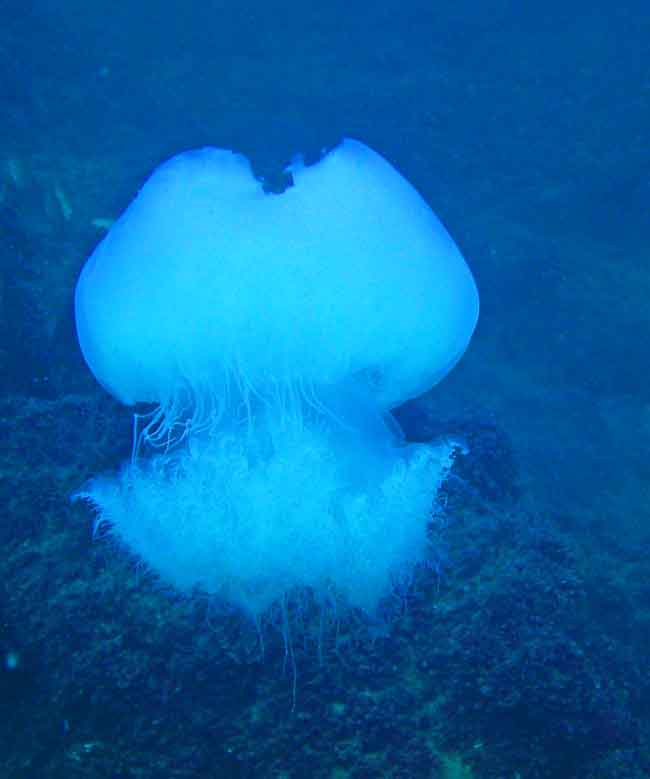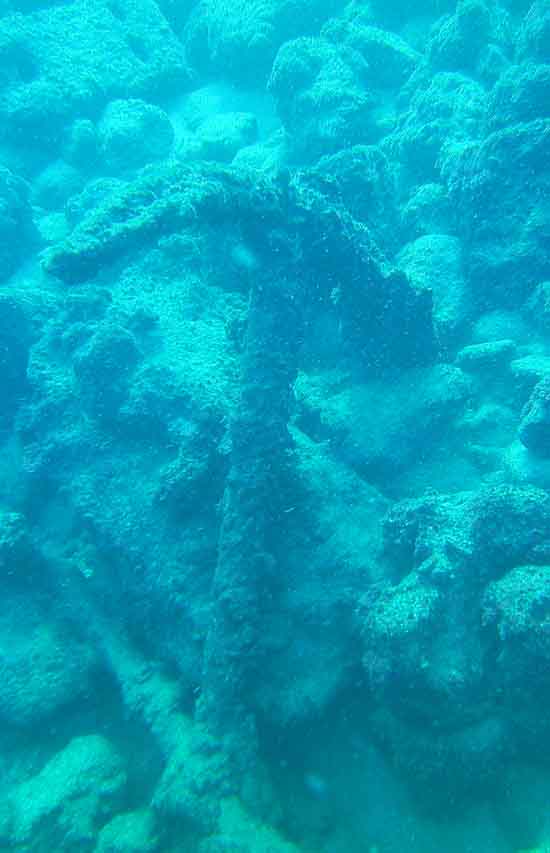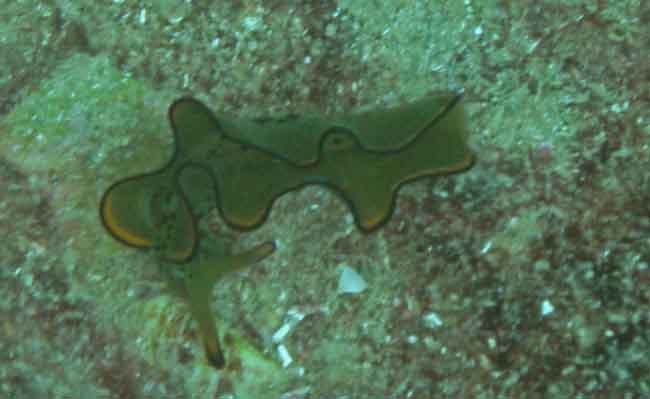Wikiday
by wjw on October 15, 2014
 It’s my Wikiday today, by which I mean the date given as my birthday in Wikipedia. This date is not my actual birthday, and I’ve never corrected the error, firstly because errors in my biography make me seem more interesting than I actually am, and secondly, because the error makes it more difficult for people to steal my identity. But all that doesn’t mean I shouldn’t celebrate
It’s my Wikiday today, by which I mean the date given as my birthday in Wikipedia. This date is not my actual birthday, and I’ve never corrected the error, firstly because errors in my biography make me seem more interesting than I actually am, and secondly, because the error makes it more difficult for people to steal my identity. But all that doesn’t mean I shouldn’t celebrate
The Icon Festival is over, having ended rather late last night and leaving me exhausted. But exhaustion is no reason not to have fun!
Henry and Daniela were kind enough to drive us this morning to Caesarea, Herod’s Roman city on the shores of the Mediterranean. Herod was King of the Jews, but traditional Jews didn’t like him— for starters, he technically wasn’t Jewish, but rather Idumaean. Herod rebuilt the Temple and even then nobody liked him— possibly because he ignored some of the traditional design elements, possibly because was a paranoid megalomaniac fond of executing his wives and children— and so he built Caesarea on the shore, a Roman port city in which he could feel comfortable, and full of temples to Roman gods, and of course named after his patron Augustus Caesar, because sucking up to the ruler of the world is pretty much pro forma for an insecure client king who’d made the mistake of backing Antony and Cleopatra in the civil war.
There was no natural harbor in Judaea, so Herod had to build one from scratch, the largest artificial harbor in the world. Herod’s substantial little harbor is now at the bottom of the sea— either it subsided gradually, or was smashed by a tsunami, or both. It wasn’t rebuilt, maybe because the local ruler at the time wasn’t a megalomaniac builder obsessed with his architectural legacy.
 At any rate, the best way to view Caesarea Maratima is from underwater, and so I put on some rented gear and made a couple dives on the site, most of which consists of piles of great big rocks covered with marine growth. The rocks don’t look like much now, but they were imported from Italy to form the breakwater, and set into place with a mortar made from volcanic ash. Also on view were some wrecked boats, one of which forms a foundation for the modern jetty. There were Phoenicean, Roman, and Ottoman anchors. (The anchor on view here is Roman, and has been lying on the seabed for two thousand years.) There are “caves”— actually more like trenches, man-made, which exited on the surface before falling into the sea.
At any rate, the best way to view Caesarea Maratima is from underwater, and so I put on some rented gear and made a couple dives on the site, most of which consists of piles of great big rocks covered with marine growth. The rocks don’t look like much now, but they were imported from Italy to form the breakwater, and set into place with a mortar made from volcanic ash. Also on view were some wrecked boats, one of which forms a foundation for the modern jetty. There were Phoenicean, Roman, and Ottoman anchors. (The anchor on view here is Roman, and has been lying on the seabed for two thousand years.) There are “caves”— actually more like trenches, man-made, which exited on the surface before falling into the sea.
There isn’t a lot of sea life on view, and what there is tends to be small. The Mediterranean is overfished, but Herod’s old harbor is shallow, sunny, and free of turbulence, and you’d think it would attract a variety of life. There were a surprising number of nudibranchs, some eels, and one rather magnificent jellyfish.
 After consuming a wide variety of meze for lunch, we toured the governor’s palace, hippodrome, and amphitheater, all of which remain on dry land. The bathhouse has lovely mosaics, and the views from the seafront promenade are splendid.
After consuming a wide variety of meze for lunch, we toured the governor’s palace, hippodrome, and amphitheater, all of which remain on dry land. The bathhouse has lovely mosaics, and the views from the seafront promenade are splendid.
There followed a collapse, or nap, after which my wikiday dinner took place down at the port of Tel Aviv, which involved more meze, a mountain of seafood, and a flavorful riesling from the Golan.
Now sleep. And more to come.
 It’s my Wikiday today, by which I mean the date given as my birthday in Wikipedia. This date is not my actual birthday, and I’ve never corrected the error, firstly because errors in my biography make me seem more interesting than I actually am, and secondly, because the error makes it more difficult for people to steal my identity. But all that doesn’t mean I shouldn’t celebrate
It’s my Wikiday today, by which I mean the date given as my birthday in Wikipedia. This date is not my actual birthday, and I’ve never corrected the error, firstly because errors in my biography make me seem more interesting than I actually am, and secondly, because the error makes it more difficult for people to steal my identity. But all that doesn’t mean I shouldn’t celebrate At any rate, the best way to view Caesarea Maratima is from underwater, and so I put on some rented gear and made a couple dives on the site, most of which consists of piles of great big rocks covered with marine growth. The rocks don’t look like much now, but they were imported from Italy to form the breakwater, and set into place with a mortar made from volcanic ash. Also on view were some wrecked boats, one of which forms a foundation for the modern jetty. There were Phoenicean, Roman, and Ottoman anchors. (The anchor on view here is Roman, and has been lying on the seabed for two thousand years.) There are “caves”— actually more like trenches, man-made, which exited on the surface before falling into the sea.
At any rate, the best way to view Caesarea Maratima is from underwater, and so I put on some rented gear and made a couple dives on the site, most of which consists of piles of great big rocks covered with marine growth. The rocks don’t look like much now, but they were imported from Italy to form the breakwater, and set into place with a mortar made from volcanic ash. Also on view were some wrecked boats, one of which forms a foundation for the modern jetty. There were Phoenicean, Roman, and Ottoman anchors. (The anchor on view here is Roman, and has been lying on the seabed for two thousand years.) There are “caves”— actually more like trenches, man-made, which exited on the surface before falling into the sea. After consuming a wide variety of meze for lunch, we toured the governor’s palace, hippodrome, and amphitheater, all of which remain on dry land. The bathhouse has lovely mosaics, and the views from the seafront promenade are splendid.
After consuming a wide variety of meze for lunch, we toured the governor’s palace, hippodrome, and amphitheater, all of which remain on dry land. The bathhouse has lovely mosaics, and the views from the seafront promenade are splendid.